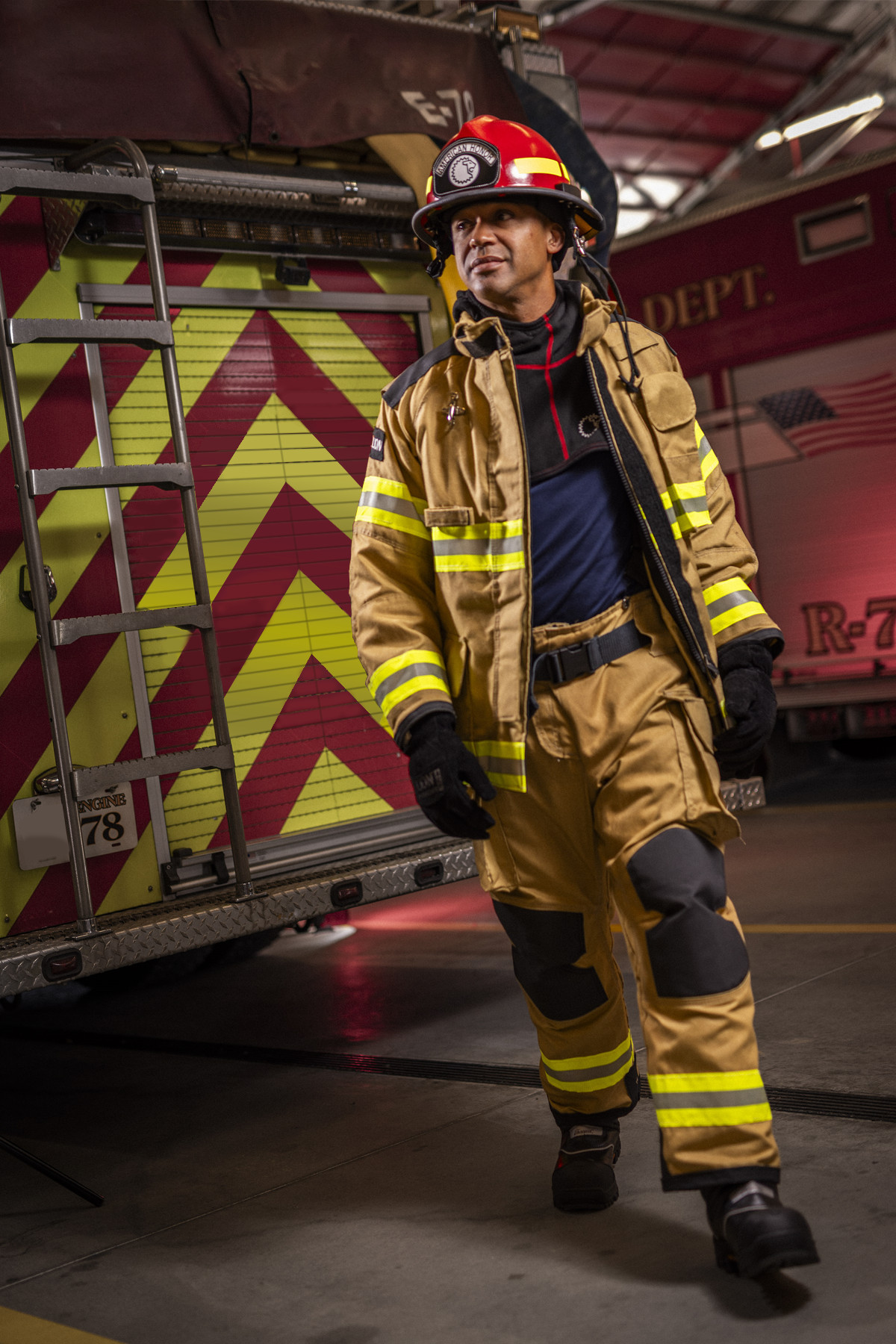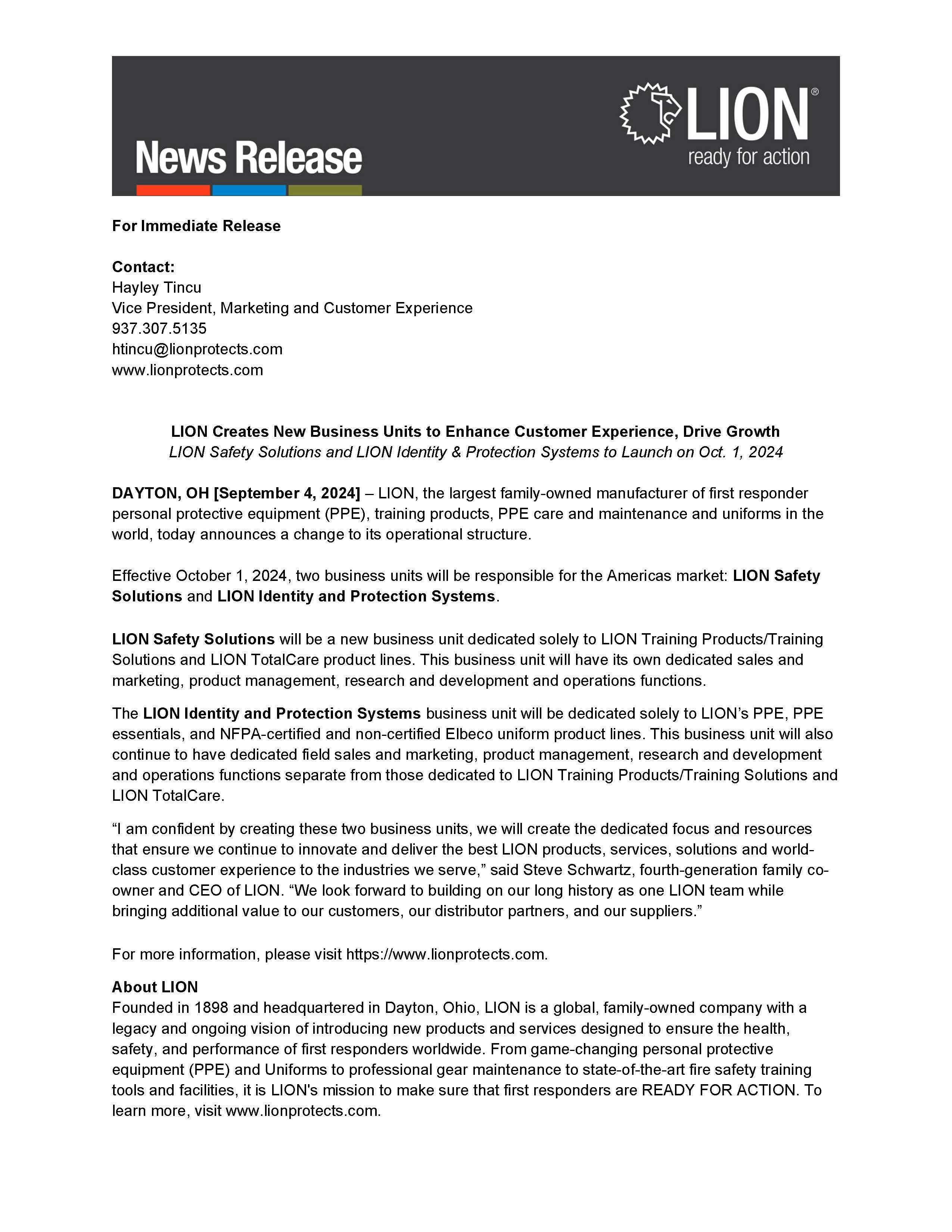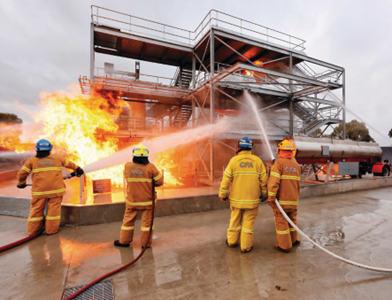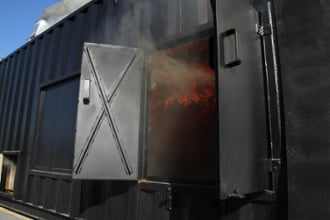Welcome to the first installment of our blog series on strategic considerations for building firefighter training facilities in Latin America.
May 1, 2024 | Ray Pérez-Pearson, Sr. Director, Marketing – International Markets
As firefighting leadership embarks on this critical journey, several key considerations emerge that are essential for ensuring the facility not only meets current needs but also anticipates future advancements and unique challenges – like the logistical hurdles of reaching remote communities.
In this 4-part series, we explore the strategic considerations for planning new training facilities that address these specific needs, focusing on budgeting, technology, safety, and maximizing the investment in a way that resonates with the realities of Latin American communities.
Firefighters in every community are the first line of defense against disasters, relying heavily on their training to tackle the challenges they face. However, budget constraints can significantly impact the scope and quality of this training. This post delves into innovative budgeting strategies that ensure effective training facilities can be developed without compromising on the essential needs of fire and emergency services. We will explore cost-effective solutions that cater to the unique financial challenges faced in diverse Latin American communities, ensuring that investments are both practical and impactful.
Budgeting: Innovative Solutions within Financial Constraints
Cost-Effective Container-Based Solutions: Traditional brick-and-mortar structures, while robust, may not always be financially viable. Whereas the use of shipping containers has traditionally been used as a DIY, economical alternative, the quality divide between concrete buildings and container-based facilities has drastically narrowed. Modified shipping containers can be utilized as training modules and can be outfitted with the necessary safety equipment and fire technology for comprehensive firefighter training, offering a flexible and significantly less expensive alternative. Utilizing modified shipping containers from a reputable fire training facility manufacturer as the structure for your facility can provide needed budget relief without sacrificing the quality of your building nor the efficacy of your training.

Pooling Resources for Regional Training Centers: Collaboration between neighboring fire departments or regions can lead to the pooling of resources, allowing for the establishment of shared training facilities. This collective approach can reduce individual financial burdens and promote a culture of cooperation and mutual support.
Mobile Training Units for Remote Access: Customizing containers to be mobile can address the challenge of training accessibility in remote areas. These mobile units can travel to distant communities, ensuring that training is not confined to urban centers and reaches firefighters who would otherwise have limited access to formal training facilities.

As we wrap up this first entry in our series on strategic considerations for developing firefighter training facilities in Latin America, it becomes evident that innovative budgeting solutions are essential to creating effective and efficient training environments. By utilizing cost-effective, container-based structures and encouraging resource sharing among regional firefighting departments, we can address financial challenges while upholding the rigorous standards necessary for top-tier firefighter training. The use of mobile training units enhances this approach, making high-quality training accessible even to remote communities and demonstrating our dedication to inclusivity and thorough preparedness. As this series progresses, we will delve into other vital areas such as integrating advanced technology, boosting safety measures, and devising strategies to maximize the long-term value of these investments. Our aim is to establish facilities that not only satisfy the immediate training requirements of firefighters but also evolve to meet future demands, thereby bolstering firefighting proficiency throughout the diverse regions of Latin America. Keep an eye out for more in-depth discussions in the forthcoming articles.
Popular posts







